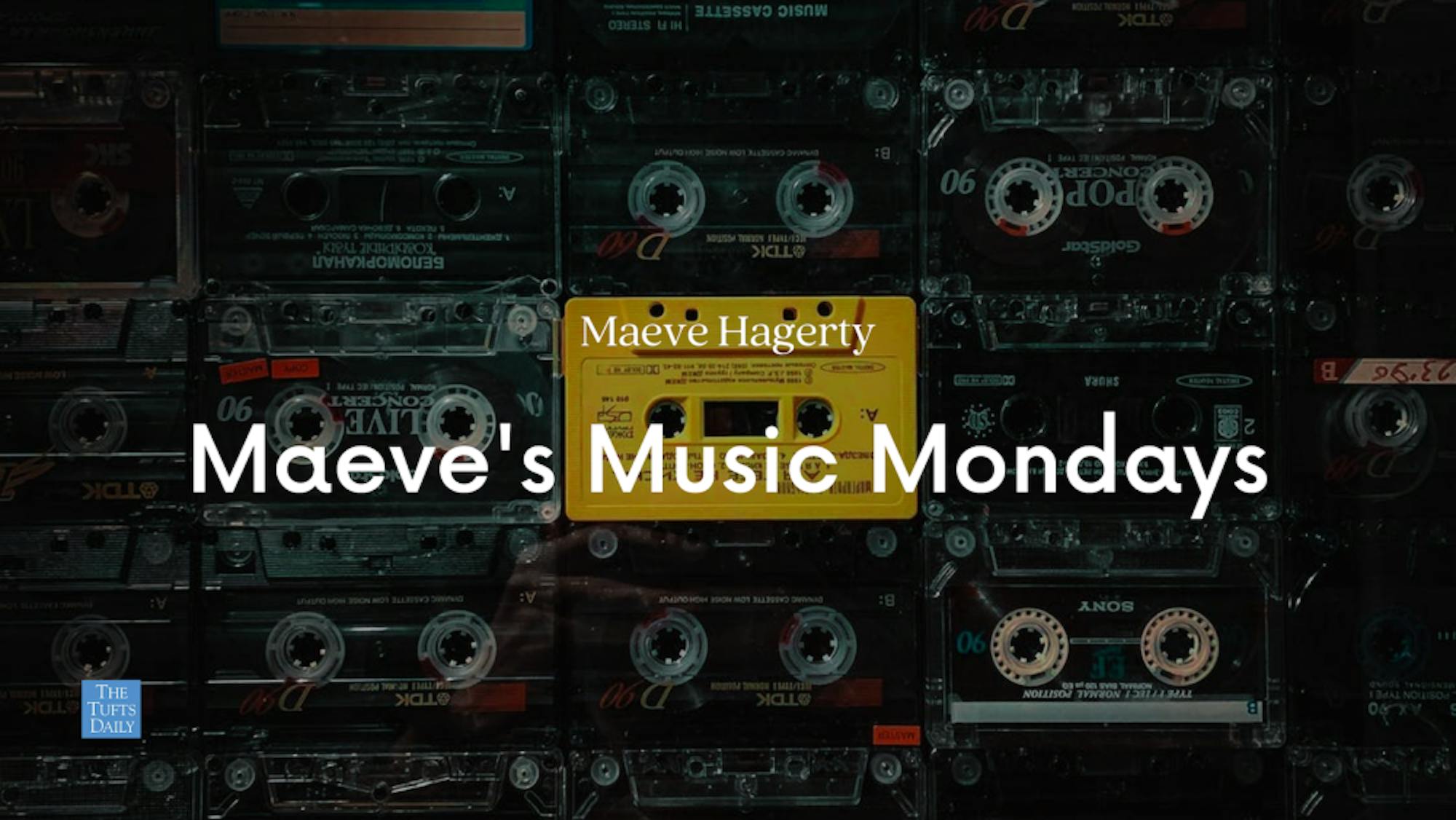As someone who spent a rather large amount of their Starbucks barista savings on a nicer viola, I find myself rather defensive whenever my instrument is subject to the popular jokes and scorn cast on violas and violists. For those of you unfamiliar with the viola, it is the wider twin to the violin with the range of a high-octave cello. Ever since the 18th century, violas have been the butt of endless jokes and mockery. As it was often unaccomplished violinistswho were made to take up the viola for the sake of the orchestra, the viola became an instrument associated with inferior musicians.
My high school orchestra experience was characterized by jokes like, “What’s the only thing a violinist can do better than a violist?” “Play the viola.”
Even I can appreciate the humor of jokes like this, but after 300 years of dragging the viola’s reputation through the mud, one would think the violinists of the world would have been tired of the same poor puns. To me, the viola is a wonderfully rich instrument integral to any quartet or orchestral piece. Often left with the harmony, the viola is easy to overlook, but it still bridges the gap between the higher register of the violin and the lower tones of the cello and bass.
While I myself cannot claim to be a virtuosic violist, due entirely to the fact that I do not practice enough, I am truly infatuated with the viola repertoire. In an orchestral or soloistic setting, there are truly some amazing pieces written for the viola. From Igor Stravinsky’s “Elegy” (1944) for solo viola to the George Frideric Handel/Henri Casadesus Viola Concerto in B Minor (1924) for viola and orchestra, it is evident that the viola is a versatile instrument, capable of carrying higher-range, ethereal melodies and lower, darker themes to contrast those.
The third movement of the Johann Christian Bach/Casadesus Viola Concerto in C Minor (1947) has always been one of my favorite pieces to play. The Rebecca Clarke Viola Sonata (1919) is one of the staples of the viola repertoire and is another one of my favorites. The four movements of Robert Schumann’s “Märchenbilder” (1851) are each stylistically unique and exciting to listen to in a concert setting. In addition to pieces like these, which were written for the viola, violin and cello music can easily be transcribed for the viola. The Bach Suites for Solo Cello (1717–23) are adored by violists and it is a rite of passage to play one of them for the first time.
As for my favorite viola piece, I would have to say that it is the Henri Vieuxtemps Capriccio “Hommage a Paganini” for Solo Viola, which was published posthumously several times between 1881 and 1887. I have been playing and listening to it for almost a year now, but I’ve never gotten bored of the music. There’s always another small nuance or intricate articulation that shifts the tone entirely. And I think that is why I truly love the viola: Despite all the jokes and the boring harmony lines, its versatility and power continue to surprise me.
So, until next week, happy listening!






